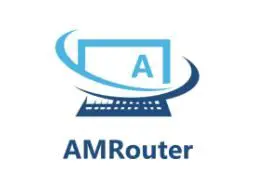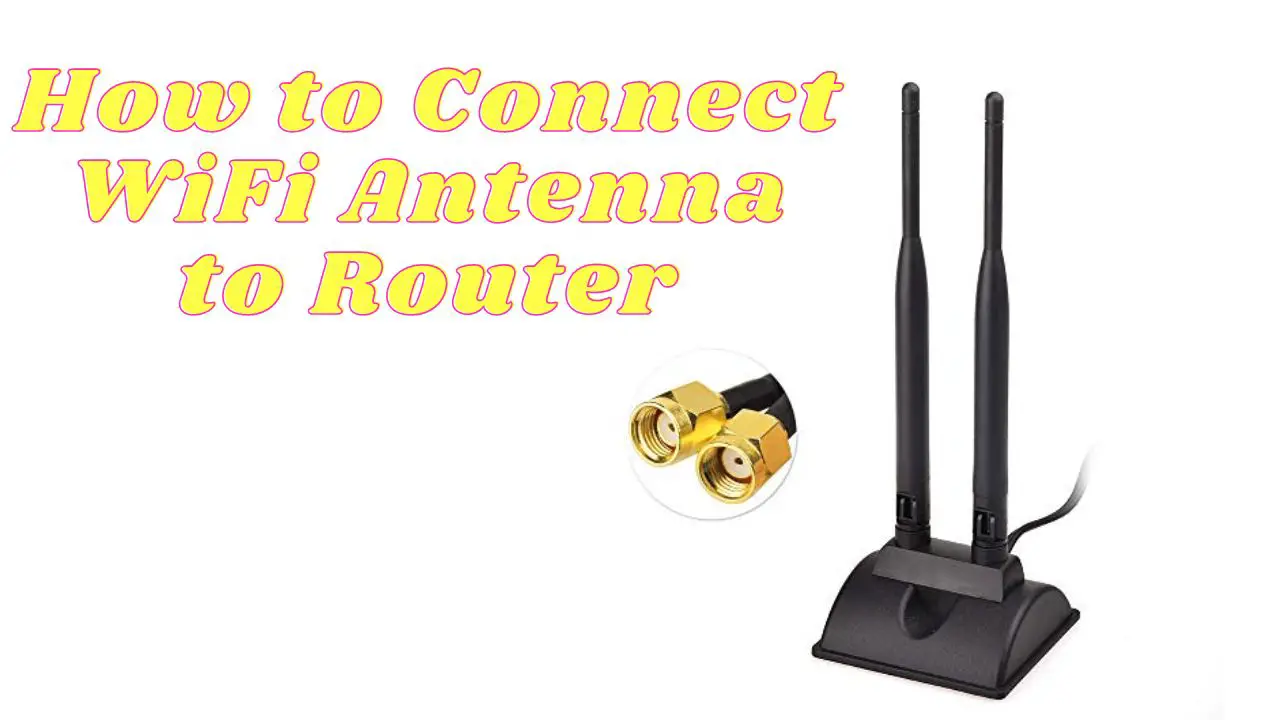Introduction
Connecting an external WiFi antenna to a router can improve the range and signal strength of the wireless network. Here are the general steps to follow to connect an external WiFi antenna to a router:
- Purchase an external WiFi antenna that is compatible with your router. The antenna should have the same connector type as the router, typically RP-SMA or N-Type.
- Locate the antenna port on the router. The antenna port is usually located on the back of the router and is labeled “ANT” or “RF IN.”
- Carefully screw the external antenna into the antenna port on the router. Make sure that the connector on the antenna is securely connected to the port.
- Power on the router and wait for it to boot up fully.
- Check the router’s settings to ensure the external antenna is recognized and used. The router’s settings can be accessed by logging into the router’s web interface using a browser.
- Perform a site survey to check the range and signal strength of the wireless network. This can be done using a wireless scanner app or by manually checking the signal strength on a wireless device.
- If necessary, adjust the position and direction of the external antenna to optimize the wireless signal.
It’s important to note that adding an external antenna to a router doesn’t necessarily guarantee an improvement in signal strength and range, as it may depend on several factors such as the router’s capabilities, the environment, and the location of the router in your home or office.
How External Router Antennas Work
External router antennas work by amplifying or directing the wireless signal emitted by the router’s internal antenna. They can be used to increase the range and strength of the wireless signal, allowing for better coverage in large homes or buildings, or in areas with weak signal strength.
External antennas can come in various types, such as omnidirectional, directional, or high-gain antennas. Omnidirectional antennas emit a wireless signal in all directions, whereas directional antennas emit a wireless signal in a specific direction. High-gain antennas have a higher gain (amplification) than other types of antennas, which helps to increase the wireless signal range.
By installing an external antenna on your router, you can improve the wireless signal coverage in hard-to-reach areas, such as basements, large living areas, or outdoor spaces. This can provide a more stable and reliable wireless connection for devices such as laptops, smartphones, and smart home devices.
It’s important to note that external antennas may not work as expected in all situations, as it may depend on several factors such as the router’s capabilities, the environment, and the location of the router in your home or office. It’s always advisable to consult the router’s documentation or to check with the manufacturer before purchasing or installing an external antenna.
Why Install a High-Gain Antenna?
A high-gain antenna is an external antenna that can be added to a wireless router to increase the strength and range of the wireless signal. There are a few reasons why you may want to install a high-gain antenna on your router:
Improved wireless coverage:
High-gain antennas can provide a stronger wireless signal in areas that are farther away from the router, or in areas that have weak signal strength. This can be especially useful in large homes or buildings where the wireless signal may not reach certain areas.
Increased throughput:
High-gain antennas can increase the wireless signal strength, which can lead to better data transfer rates and improved overall performance. This can be especially beneficial for activities such as streaming video, online gaming, and file transfers.
Reduced interference:
High-gain antennas can help to reduce interference from other wireless networks or electronic devices. This can lead to a more stable and reliable wireless connection.
Better penetration:
High-gain antennas are able to better penetrate walls, floors, and other obstacles, providing better coverage in multi-level buildings, or in areas where walls and other obstacles affect the wireless signal.
Types of High-Gain Antennas
There are several types of high-gain antennas that can be used to increase the range and strength of a wireless signal:
Yagi Antennas:
Yagi antennas are directional antennas that can be pointed toward the desired wireless signal source. They are often used to extend the range of a wireless signal in a specific direction.
Panel Antennas:
Panel antennas are omnidirectional antennas that emit a wireless signal in all directions. They can be mounted on walls or ceilings to provide better coverage throughout a building.
Grid Antennas:
Grid antennas are similar to panel antennas, but they have a larger surface area, which can provide a stronger wireless signal. They are typically used in large buildings or outdoor spaces.
Parabolic Antennas:
Parabolic antennas are high-gain, directional antennas that have a parabolic dish shape. They can provide a very strong wireless signal, but they must be pointed directly at the wireless signal source.
Sector Antennas:
Sector antennas are directional antennas that are designed to cover a specific area, typically at a 120-degree or 90-degree angle. They are often used in outdoor wireless networks to cover a specific area, such as a park or a campus.
Omnidirectional Antennas:
Omnidirectional antennas are antennas that emit a wireless signal in all directions. They are often used to provide coverage in a circular area around the antenna.
What to Consider Before Getting a High-Gain Antenna
There are several factors to consider before getting a high-gain antenna for your wireless router:
Compatibility:
Make sure that the high-gain antenna is compatible with your router. The antenna should have the same connector type as the router, typically RP-SMA or N-Type.
Directionality:
Consider the directionality of the high-gain antenna. If you need to extend the range of your wireless signal in a specific direction, a directional antenna such as a Yagi antenna may be a better option. If you need to cover a larger area, an omnidirectional antenna such as a panel or grid antenna may be a better option.
Gain:
Consider the gain of the high-gain antenna. The gain is measured in decibels (dB) and represents the amount of amplification provided by the antenna. A higher gain antenna can provide a stronger wireless signal, but it may also be more expensive.
Range:
Consider the range of the high-gain antenna. The range is the distance that the wireless signal can travel. High-gain antennas can provide a stronger wireless signal, but they may not be able to extend the range as much as a directional antenna.
Environment:
Consider the environment in which the high-gain antenna will be used. Factors such as walls, floors, and other obstacles can affect the wireless signal, and the type of antenna that is best suited for your environment may vary.
Cost:
Consider the cost of the high-gain antenna. High-gain antennas can vary greatly in price, and it’s important to consider how much you’re willing to spend.
Professional Installation:
Some high-gain antennas require professional installation, so it’s important to consider the cost and difficulty of installation before making a purchase.
It’s always advisable to check with your internet service provider before installing a high-gain antenna, as they may have specific recommendations or guidelines for your network.
Final Thoughts:
Connect your devices to the wifi network and enjoy a trouble-free internet connection. As a result of the information provided above, you will be able to create the ideal internet configuration for your household. Routers are essential for ensuring secure internet access in our homes. Make sure to familiarise yourself with the operation of your router so that you can meet your internet needs from the comfort of your own home or workplace.

